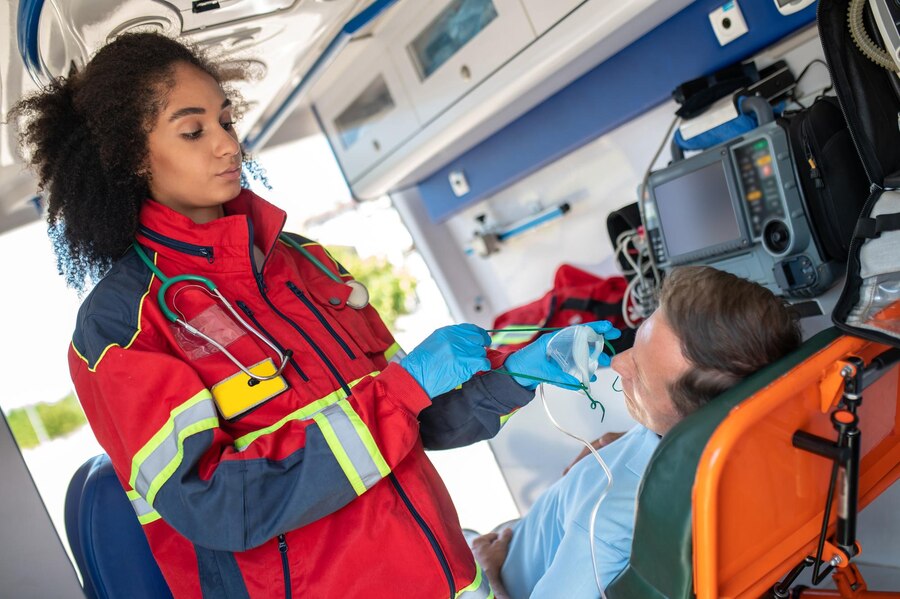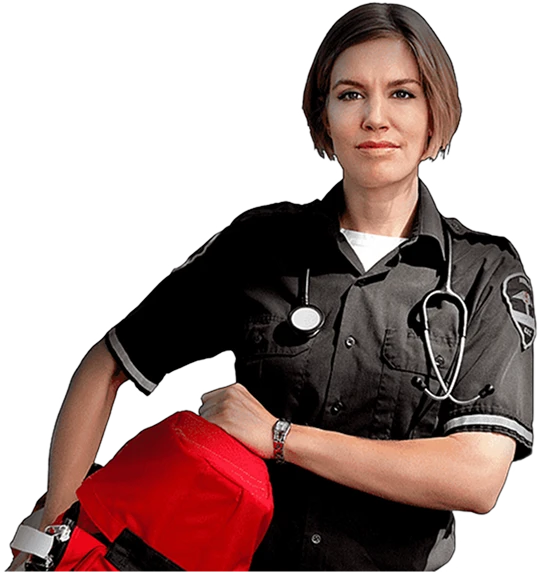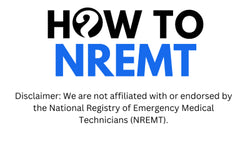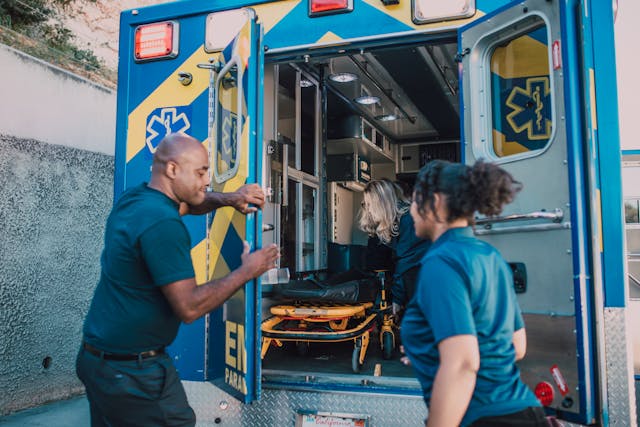Your Guide to Becoming An EMT in Ohio On Your First Attempt!
The Buckeye State depends on capable and quick-thinking EMTs across its highways, urban areas, and rural regions. If you're prepared to pursue a career where time is critical, obtaining EMT certification is your initial important move.
Next comes the NREMT cognitive exam, a computer-adaptive test (CAT), which is challenging to pass with only a 60% passing rate for first-timers. Numerous students enter with confidence, only to leave feeling uncertain. At How To NREMT, we've supported thousands of candidates, including those taking it for the first time and those retaking it, by helping them prepare effectively and pass with assurance.
Let’s break down exactly how EMT certification works in Ohio and how to study the right way.
Step 01

Are You Eligible To Apply?
To become an EMT in Ohio, you must meet these basic requirements:
- Be at least 18 years old. That said, you can start your training at 17 if you’re in the senior year of high school.
- Hold a high school diploma or equivalent degree.
- Have a valid CPR certification (BLS for Healthcare Providers)
- Pass a state and FBI background check
- Also, pass the FEMA training
- Be physically and mentally fit for EMS work
If you meet all these requirements and eligibility criteria, you can begin your state-approved EMT training.
Step 02

Enroll in an Ohio-Approved EMT Training Program
You must complete a state-approved EMT course. The programs are accredited by the Ohio Department of Public Safety, Division of EMS. These programs are available at community colleges, technical schools, and EMS academies across the state.
Training includes:
- 150–180+ hours of classroom instruction
- Hands-on skills labs
- Clinical and field experiences (usually ambulance ride-alongs)
This is where you learn everything, setting you up to take the NREMT cognitive exam.
Step 03

Pass the NREMT Cognitive Exam
This is the part that trips up many students. Why? Because the exam doesn’t just test memorization—it tests how you think under pressure.
In a CAT test, the better you do, the harder the questions get. If you miss questions, the system adjusts accordingly. It ends when it’s confident about your ability. Thus, it’s also difficult to determine whether you did well or not.
The National Registry recently updated the course domains to ensure the current practices are in line with real-time patient care needs. Hence, you'll be tested in five key domains as of April 2025:
- Scene Size-Up and Safety
- Primary Assessment
- Secondary Assessment
- Patient Treatment and Transport
- Operations
Note: Items related to pediatric patient care are integrated throughout all domains.
The reality is that simply reading a textbook is insufficient. The best way to study for the NREMT is to utilize tools that help you understand how to apply your knowledge rather than just memorize it. This is where NREMT practice exams, structured prep classes, and guidance from a prep tutor can be incredibly beneficial.
Step 04

Apply for Ohio EMT Certification
Once you pass the NREMT cognitive exam, you can apply for EMT certification through the Ohio Division of EMS.
You’ll submit your application through the Ohio EMS Licensing Portal and include:
- Proof of course completion
- CPR certification
- Background check results
- Your NREMT cognitive exam results
- Application and required fees
Once approved, you’ll officially be certified to work as an EMT in Ohio.
Step 05

Keep Your Certification Active
Ohio EMT certification lasts three years.
To renew, you’ll need:
- 40 hours of approved continuing education
- A current CPR certification
- Compliance with Ohio EMS CE tracking requirements
Some choose to maintain NREMT certification to meet renewal requirements through the National Continued Competency Program (NCCP). Either way, staying current is essential.
NREMT Certification vs. Ohio State Certification
| Requirement | NREMT (National) | Ohio State Certification |
|---|---|---|
| NREMT Cognitive Exam | Required | Required |
| CPR Certification | Required | Required |
| ALS psychomotor skills test | Discontinued | Required |
| State-Approved EMT Training | Required | Required |
| Background Check | Not Required | Required |
| State Application | Not Applicable | Required |
Note: The National Registry discontinued the hands-on skills test. Hence, it’s only a state-level requirement.

- Choosing a selection results in a full page refresh.




